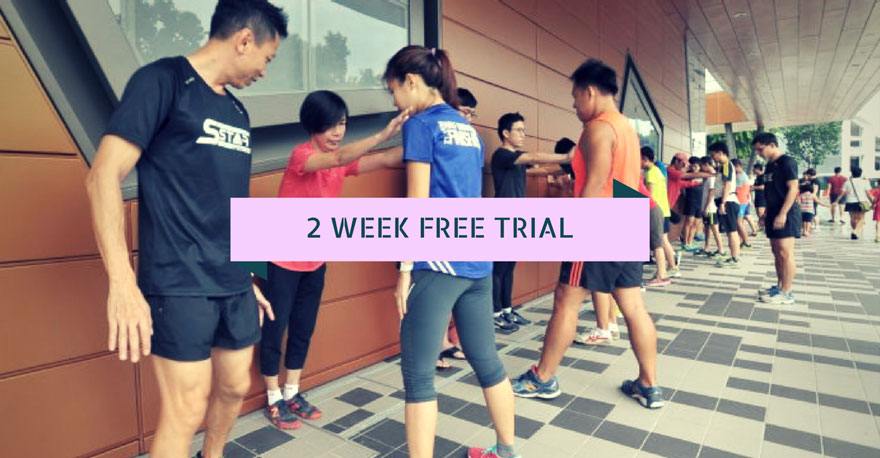Many elite runners run almost every day, some even twice a day. One critical thing is they have built up a level of fitness to cope with the training volume. I used to run 16km from my home (in Telok Blangah) to my army camp (in Nee Soon) every day. Fast forward 30 years to present day – I would not do that again because, rest days are an important part of training especially for beginners and senior runners. So I would suggest you build up your mileage and training volume gradually before thinking of running more days in the week.
Follow the FITT principle
Even if you plan to run every day, be sure to vary the runs, make it a hard followed by an easy day. Follow the FITT principle – vary the Frequency ( run 3x a week, then change that to 5x, back to 3x), Intensity ( run on flats, on rolling hills etc), Type ( of running, so do speed, farlek, tempos, long slow runs or cross train), and Time (run longer, then shorter distances and duration). At SSTAR.fitness every training run is different, our training program is based on the FITT principle and every run has a purpose. Find out more about how to use FITT to structure your training program at our workshops.
Rest is an important part of training

You probably heard this before, so it must be true. In this case, it really is. Rest allows muscles to repair and get stronger. Muscle fibres get larger after repair, cell structures that provide energy multiply, blood vessels become more dense. Heart, lungs and other organs become more adapted to exercise.
Periodization and Supercompensation
A cycle of hard workouts, medium and light plus recovery when combined into a schedule is known as periodization. Without getting into the technical details, these schedules always have a period of hard vs easy. The easy parts allow the body to adapt and become stronger than before, a process called supercompenstation. So train hard by all means but remember to rest. You will become stronger for it.
The bottom line
There is no one best way to train or the best training program. Each of us are unique and we respond to training differently. But if you follow the FITT principle and vary your training, you will be on the right track.
For more answers and how to put these into practice, attend the SSTAR.fitness Holistic RunningTM workshops and hands on drills. Topics covered include aerobic and anaerobic fitness, nutrition, running gait, core strength and mental toughness. Also sign up for a free trial for JustRunLah! readers and experience holistic running by clicking here.



